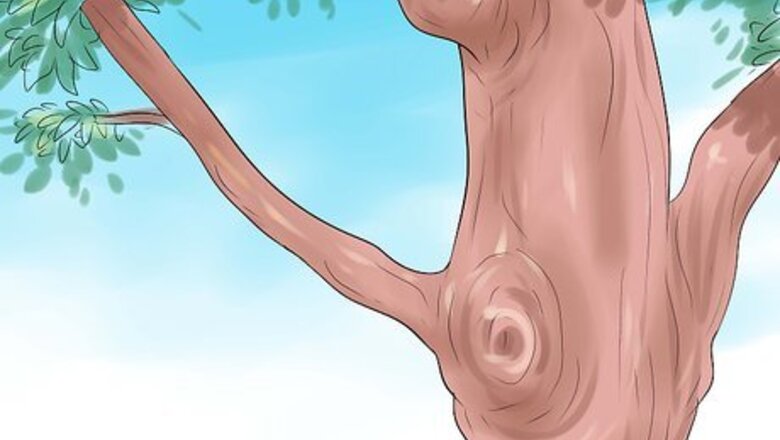
views
Gathering and Preparing Supplies
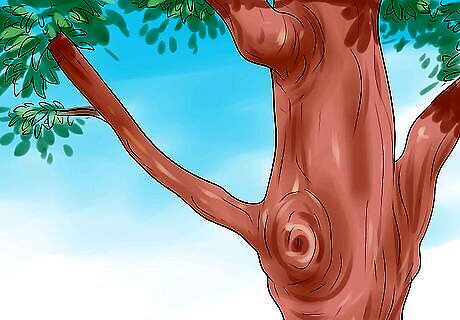
Find the freshest wood possible. It would be best to cut a branch directly off of a tree but wood can be sourced elsewhere as well. The ideal branch would be flexible, snap right back into place when bent and also have a slight natural curve. Be sure you are allowed to use the wood you are taking. Your neighbors may not like you cutting their trees and some trees in local parks or forests may be sensitive or endangered.

Clean the branch. Remove all extra twigs, though you may want to leave a short one in the middle of the bow to use as a guide for the arrow. Remove the bark in order to make the bow easier to hold and the arrow easier to loose.
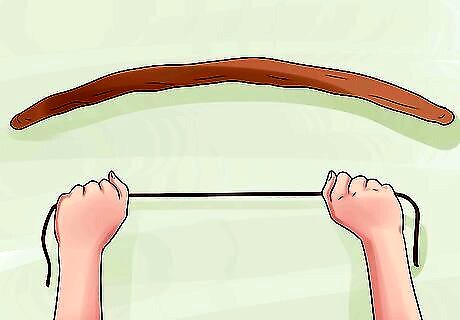
Find string. Ideal string will be about 3–4 inches (8–10 cm) shorter than the bow itself once you've made loops. Thinner, stronger string is best.
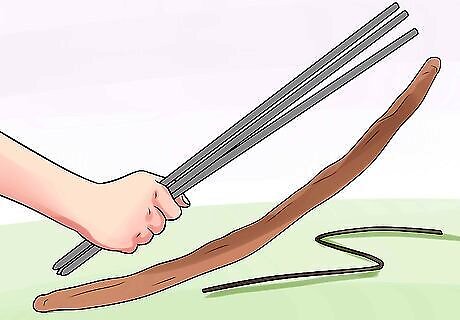
Arrows require special wood. Find a stick that is thin, light weight, and strong. This will help ensure that the arrow flies fast and straight.
The Bow
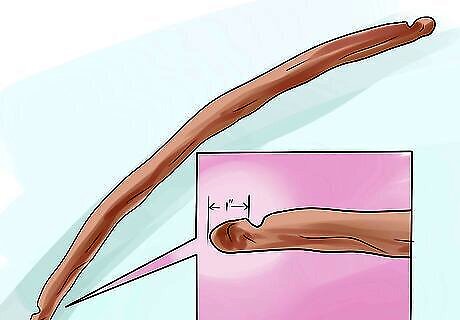
Make two slits. These should be about an inch from each end of the branch. The slits should be angled toward the branch so that the string will stay in place.
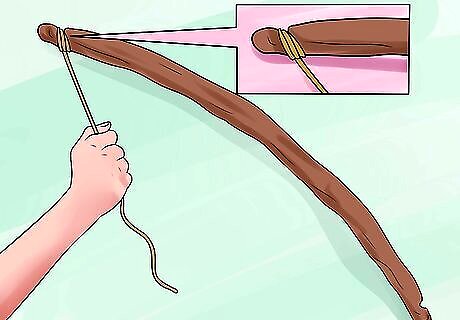
Anchor the string. First tie a strong knot at the first slit. Pull on the string to make sure it stays in place.
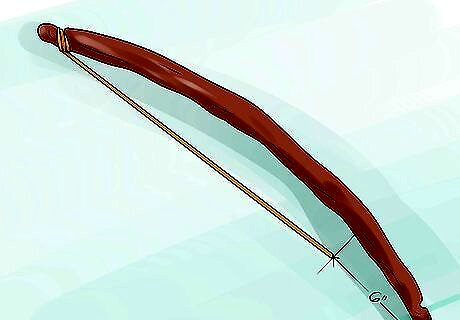
Check the length of your string. Make a knot at the other end, about 6 inches (15.2 cm) shorter than the length of your bow. This will give the bow tension and curve after it has been strung.
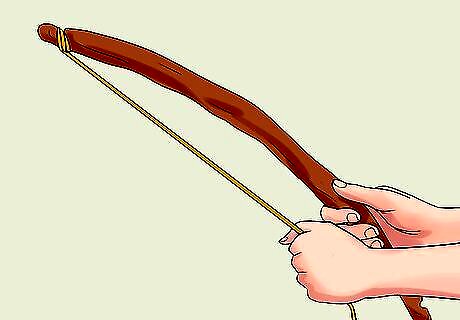
String the bow. Bend the bow and slowly pull the knot until it reaches the slit on the other end of the bow. If you did everything right, then the string should be tight and give the bow a slight curve.
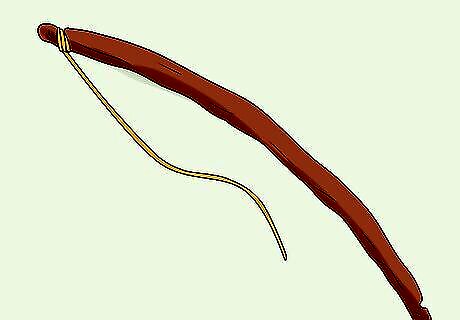
Unstring it when you're done practicing. If left strung for too long the bow will bend and lose tension.
The Arrows
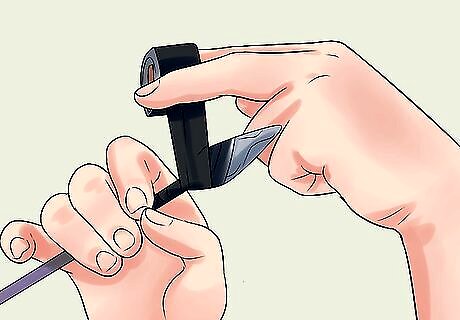
Attach your arrowhead. Use a rock or other small, blunt object to the end of your arrow with duct tape. You may also wish to wrap the entire end of the arrow in duct tape to reduce damage caused by impact. This end should be the heaviest, as it allows the arrow to travel further.

Attach your fletching. Fletching is the material at the end of the arrow which helps guide it as it flies. If you don't know how, here's how to fletch arrows.
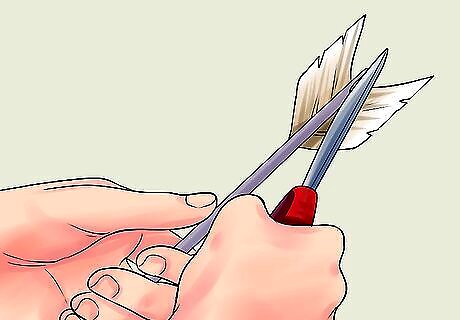
Nock the arrow. Take a knife and cut a slit at the end without the arrowhead to make the nock. This will help the string guide the arrow.
What Now?
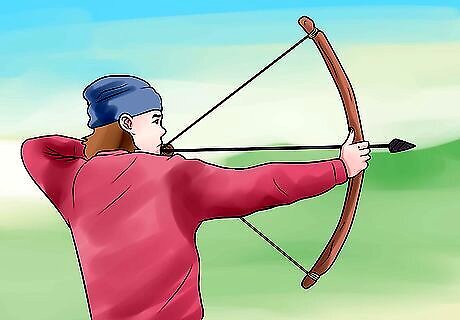
Practice. Find a safe environment where you can practice with your new bow and arrow. Remember: to be good at any skill requires practice. To become very good can take years of practice. Be patient!
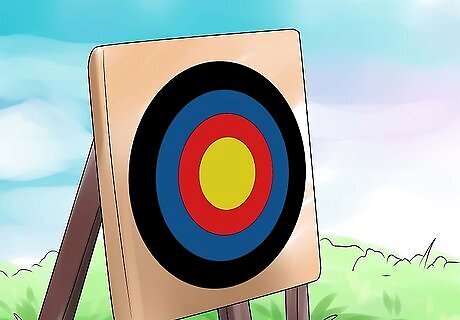
Use proper targets. Make a target out of straw or foam, with a cardboard casing. If you're shooting at a fence, use a rug to protect your arrows. If they hit a fence they will likely break.

Get training. You may wish to learn more about archery. Many local sports clubs, gyms, universities and community centers offer cheap or free classes in archery. Acquiring proper training will make your new skills safer and more enjoyable.
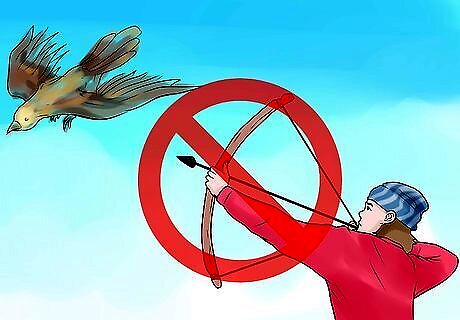
Be careful. Don't do anything that could lead you to injure yourself or others. This is not a toy, these may cause serious injury or death if used incorrectly. Also, don't use this to hunt animals, as it ineffective and cruel for this purpose.
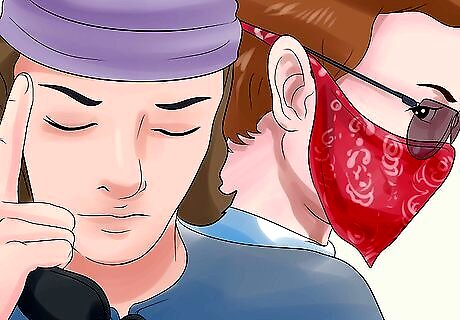
Be sensible. Don't use this weapon for self defense. If there is an intruder in your home or any other situation where you feel threatened, please call the police.














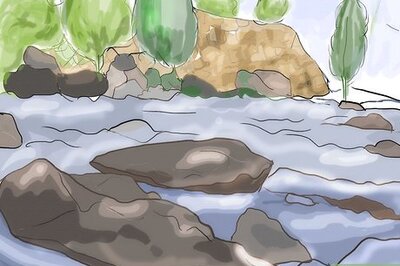
Comments
0 comment